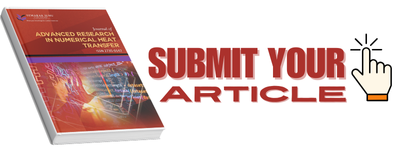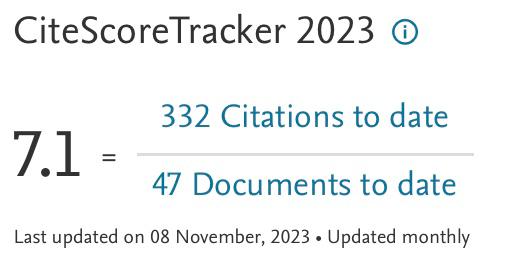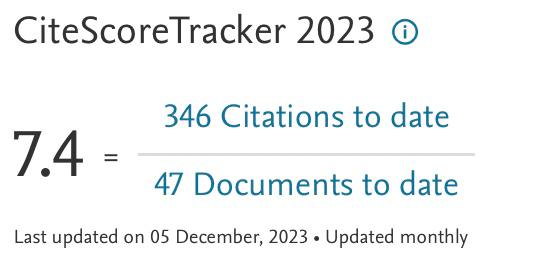Numerical Studies on PCM Phase Change Performance in Bricks for Energy-Efficient Building Application – A Review
Keywords:
Phase Change Material (PCM) Brick, Energy-Efficient BuildingAbstract
Phase change material (PCM) is widely impregnated in energy-efficient building envelopes for heat modulation with the ultimate objective of energy saving. Recently, PCM filled bricks have been tested for the same purpose. Only a handful of research are available which study on the PCM phase change performance as a latent heat storage (LHS). This review intends to give an overview on numerical studies conducted to measure PCM phase change performance in these special bricks developed for energy-efficient buildings. Only organic PCM phase change performance has been tested. The approach used in the numerical studies were enthalpy-porosity method and lattice Boltzmann method. Mainly the studies found that natural convection in the domain provides the biggest influence in determining the PCM phase change performance. PCM filled bricks have been proven to be able to provide heat modulation in energy-efficient buildings. However, more research should be conducted to further understand the phase change phenomena of PCM inside the brick to enable improvement. The design of the brick and selection of PCM is crucial in optimizing the LHS performance. Future research should consider other important elements such as brick development cost, PCM light transparency and PCM environmental impact.
Downloads
























